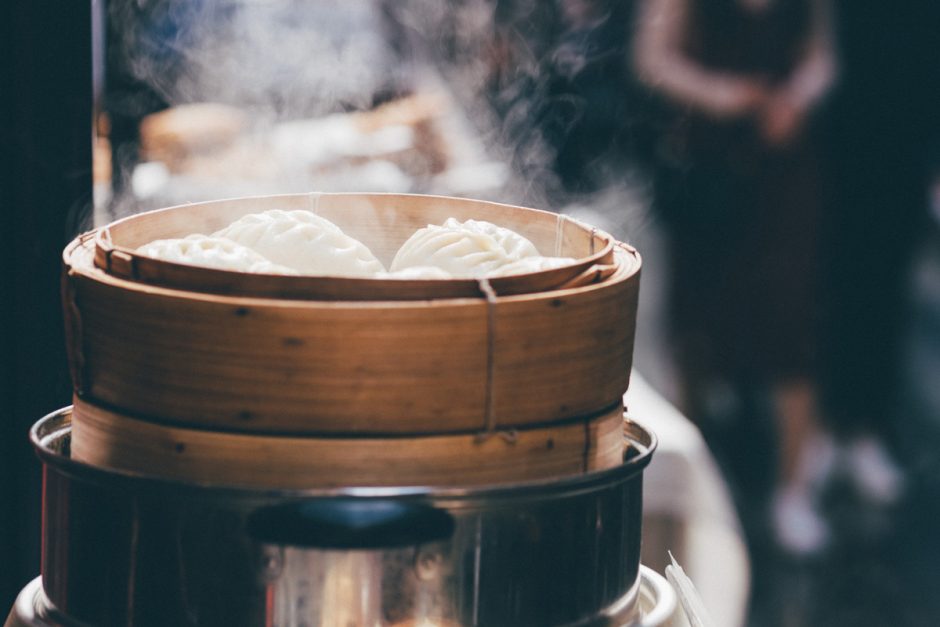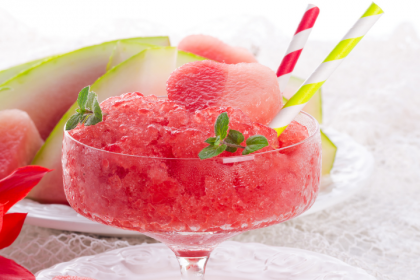Some people think that healthy cooking can only be attained with expensive cookware combined with the skills of a gourmet chef. On the contrary, it takes basic cooking techniques to prepare a healthy meal, and many people who struggle to learn vital cooking skills tend to use cooking classes that can be found online.
One of the main culprits of a poor diet is saturated fats that are found in butter and lard. Roasting is one of the best methods for keeping it low on fats. Choice of good cooking oil may also help in reducing extra fats from the food. Naturally sourced oils coconut, avocado, and olive oil can be preferred while cooking any dish as they tend to possess several health benefits. In case, you are unsure about the selection of oil you can read about them through a website like https://cleanwellness.com/health/coconut-oil-vs-olive-oil-vs-avocado-oil. In my years of healthy cooking, I always consider the techniques that not only reduce calories but also retain valuable nutrients without adding salts and fats. I’m happy to share with you my favorite culinary approaches.
Steaming
Steaming facilitates a consistent flow of hot air that gently cooks food above the liquid without actually being submerged. This allows nutrients to remain in the food. In some instances, I can add some water, wine, or broth as an infusion. The ingredients pieces need sufficient room to absorb hot steam so they can cook evenly. If a liquid is involved, it should not go beyond two inches below the suspended food. The steaming appliance is usually a perforated platform but it is also possible to steam food directly on a plat or basket if the juices are needed in the finished dish. Examples of meals that can be steamed include vegetables, mushrooms, dumplings, fish, and chicken. Steam burns can be severe so I must protect my face and hands from the pot top when removing the rid.
Stir-Frying
Stir-frying is best for cooking a single ingredient that has been fully prepped with high heat and some oil. A classic stir-fry requires the cooking materials to be chopped into smaller pieces for even cooking. The food is stirred by shaking the pan or moving with a utensil. When stirring, I start with the materials that take longer to cook because the others may overcook if I put them first. The idea is to have everything done at the same time. I have found a large skillet or a wok frying pan to be efficient in stir-fries. Examples of recipes for this method include spiced beef and vegetables, chicken and spinach stir-fried with oyster sauce and ginger, and lemon and scallion chicken.
Broiling and Grilling
The two techniques expose food to the source of heat directly. Like roasting, broiling and grilling make the fat drip off. Broiling is the process of putting food on a broiler rack with a heating element above it. Mostly, the heating fuel used for cooking could be propane or kerosene which you can get through romeosfuel.com or similar suppliers. Moreover, food is best grilled in an outdoor setting. This involves the placement of the ingredients on a grill rack. A bed of charcoal embers is one of the best sources of heat for grilling. Gas-heated grills, like the ones made available by the companies such as Grillscapes, might also turn out to be great. Every grill comes with a user manual issued by the manufacturer. Remember, smaller food pieces like chopped veggies should be put inside a long-handled grill basket or wrapped in foil to avoid sipping through the rack.
Best Flavoring Choices
I can’t get enough of meals flavored with herbs and spices. Natural flavorings not only add the much-needed aroma but also enhance the food color without additional salts or fats. Culinary herbs are some of the best flavor boosts for any type of meal. They also contain protective phytoestrogens and can be used to replace salt and cooking oil. When shopping for herbs at the grocery, I must pick fresh and brightly colored herbs that are not wilted. I add these at the end of my cooking session. I love dried herbs as well which come in handy at the earliest stage of cooking. Dried herbs have a stronger flavor than the fresh ones yet each has a unique taste. The only products I avoid are the pre-packaged seasoning mixes since they are infused with excessive salts. Far from boosting the flavor, herbs make perfect additions to salads, mustards, soups, drinks, and bread. My best spice collection for stir-fried vegetables includes garlic, coriander, lemongrass, chilly, and ginger. Other flavorful options I can’t fail to mention are:
- Low-fat marinades: Best for grilling, roasting, and broiling. A home-made marinade comprises oil and vinegar/citrus juice in the ratio of 1:2. Herbs and spices may be added as desired.
- Dried mustard: Best for adding zesty flavor.
- Dried veggies and fruits: Cranberries, mushrooms, currants, cherries, and tomatoes provide more intense hints when dried than fresh.
- Hot peppers: Fresh pepper needs to be finely chopped after removing the membrane. Less is more when it comes to adding hot peppers.
- Vinegar and citrus juices: To be added at the last moment on vegetables.



